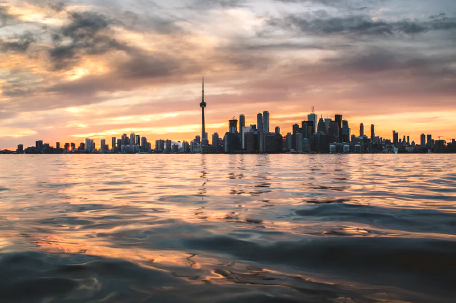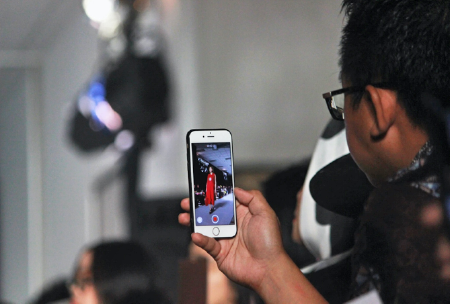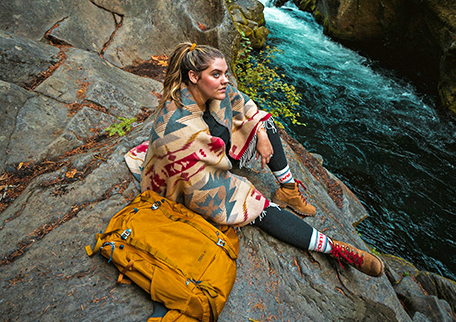The Importance of Indigenous Fashion
This blog post was written by Liluye Staff Writer, Katie Hutchinson, who is a driven and compassionate environmentalist and humanitarian.
Growing up in a semi-rural town, my public education did a poor job at educating and prioritizing the narratives of indigenous people. Ignoring the pain, suffering, and tragedies they faced. It’s essential that these individuals are represented in fashion and every other aspect of the global sphere. Brit Hensel, writer and award-winning filmmaker said, “I think it’s time we ask ourselves, ‘who is telling this story and why?’ Empowering indigenous folks to be the shapers of their own stories is a vital component in cultivating perspective and raising consciousness. It is also an act of sovereignty. After all, we know our communities best, and we are the only ones capable of sharing our stories in a way that promulgates health, hope, and truth-telling” (Prentiss, 2021).
It is with this backdrop that I learned about the Indigenous Fashion Arts Festival (IFAF). The IFAF is an organization that challenges perceptions of indigenous cultures that are persistently controlled by negative stereotypes throughout civilizations. I personally had not heard of the IFA (Indigenous Fashion Arts) or the annual festival previously and became aware after reading an article in Vogue (7 Labels to Know at This Year’s Indigenous Fashion Arts Festival | Vogue) about the labels to look out for that would be showcased at the festival. This world-renowned issue did its part to highlight and share with viewers like myself who may not have been aware of this important festival.
Annually, this Toronto festival is held in June, and this past month was proclaimed another success. It was put on and created by the IFA as a way to express the uniqueness and ever-changing fashion and design emerging from talented indigenous artists. As the creator, Sage Paul, of the IFA states, “Designers are using fashion as a form of expression, and even a political message. It’s such an accessible medium” (Parker, 2022).
Just some of the many stereotypes these individuals face include women being sexually objectified and stereotyped which leads to an increase in murder, rape, and violence. “The history of colonization of indigenous peoples continues to manifest itself in structural factors such as poverty, lack of access to lands and resources or limited access to education and health services, and indigenous women often bear the excessive brunt of these factors” (Kuokkanen, 2014). If you have the time, I highly suggest visiting IFA’s “About” page to learn more: About Us – Indigenous Fashion Arts.
Isobel Grieve reported in the Toronto Guardian how this biennial event that hosts over 60 artists and designers present works of fashion shows, designs, crafts, and more. For those of you who don’t know, this festival is “led [by a] majority [of] indigenous women, [and] IFAF connects audiences to artistic and cultural expression that celebrates and advances indigenous artists and designers” (IFAF, 2022).
Some key artists from the festival include:
1. Mobilize
2. Emme Studio
4. Section 35
In conclusion, there are currently 476 million indigenous people living throughout the world, not only living in 90 countries but speaking 7,000 languages, according to the United Nations (UN, 2022). This is why I urge you today, this week, this month, and in the future, to use the tools (such as social media) we are given in this increasingly interconnected world to learn and support underrepresented people; remembering that indigenous people are still the most widely unrecognized presence in fashion, media, politics, and daily life.
Post Sources
• Breaking Media Stereotypes with Indigenous Storytelling. Date: 2022. Author: Unknown. (United Nations)
• Gendered Violence and Politics in Indigenous Communities. Date: May 20, 2014. Written by Rauna Kuokkanen. (International Feminist Journal of Politics)
• Indigenous Fashion Arts Festival. Date: 2022. Written by the IFA Team. (Indigenous Fashion Arts)
• Indigenous Fashion Arts Marketplace Highlights. Date: July 4, 2022. Written by Isobel Grieve. (Toronto Guardian)
• Indigenous Representation in the Media and the Importance of Personal Narrative. Date: 2017. Written by Rehana E. Asmi. (IUMT)
• ‘Kin Theory: Why Indigenous Representation Matters’ opens conversation with Indigenous media makers. Date: October 21, 2021. Written by Anna Prentiss. (Florida State University News)
• Our Favourite Moments from the Indigenous Fashion Arts Festival. Date: June 14, 2022. Written by Odessa Paloma Parker. (FASHION Magazine)




